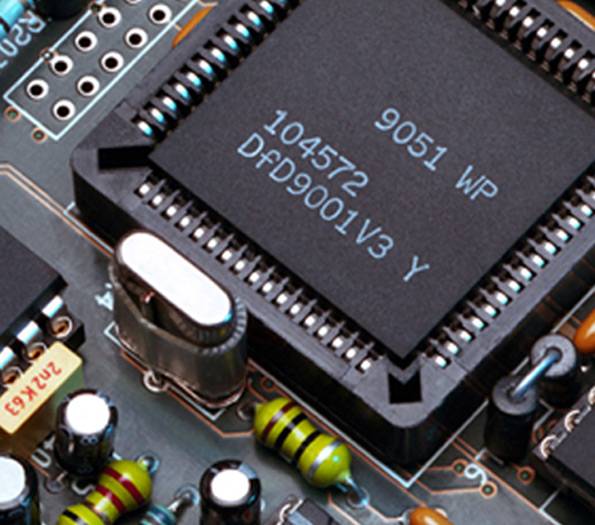

Understanding Low-E Glass The Key to Energy Efficiency in Modern Architecture
In recent years, the quest for energy efficiency has become a focal point in both residential and commercial architecture. One of the significant advancements in this area is the introduction of Low-E (low emissivity) glass, a revolutionary product that enhances the energy performance of buildings. Understanding Low-E glass, its benefits, and applications is essential for architects, builders, and homeowners looking to create sustainable living and working environments.
Low-E glass is a type of energy-efficient glass that has a specialized coating designed to minimize the amount of infrared and ultraviolet (UV) light that can pass through it without compromising the amount of visible light transmitted. This coating is typically made of microscopically thin metallic layers that reflect heat back into the interior of a building while allowing natural daylight to enter. As a result, Low-E glass significantly reduces heat loss in colder months and minimizes heat gain during warmer months.
The primary advantage of using Low-E glass is its energy efficiency. Traditional single-pane windows can account for a significant portion of a building's heating and cooling costs. By incorporating Low-E glass, homeowners and organizations can reduce their reliance on heating and cooling systems. This not only leads to lower energy bills but also minimizes the carbon footprint of the building. In a time where climate change is a pressing issue, adopting Low-E glass is a step towards creating more sustainable living spaces.
In addition to energy efficiency, Low-E glass offers superior comfort. By regulating temperatures within a building, it helps maintain a more consistent and pleasant indoor climate. Natural daylighting, an essential aspect of modern design, is preserved with Low-E glass. Thus, occupants can enjoy bright, inviting spaces without the discomfort of excessive heat or glare. This feature makes Low-E glass particularly desirable for offices, schools, and residential homes where mood and productivity can be heavily influenced by the quality of sunlight exposure.

One of the critical considerations when selecting Low-E glass is understanding the different types of coatings available. There are two main types soft coat and hard coat. Soft coat Low-E glass is made using a vacuum deposition process that applies the metallic coating to the glass surface. This type provides better thermal performance, making it ideal for residential applications. On the other hand, hard coat Low-E glass is produced by applying the coating during the glass manufacturing process, resulting in a more durable surface. It is often used in commercial buildings where durability is a priority.
The versatility of Low-E glass extends beyond its thermal benefits. It also provides additional advantages in terms of UV protection. The coatings in Low-E glass effectively block harmful UV rays, which can cause furniture, flooring, and artwork to fade over time. By minimizing UV exposure, homeowners can protect their investments and maintain the aesthetic appeal of their interiors.
When considering the installation of Low-E glass, it is crucial to work with professionals who understand the specific needs of a building. Factors such as the local climate, orientation, and architectural design should all be considered to maximize the benefits of Low-E technology. Additionally, energy performance ratings, such as the U-factor and Solar Heat Gain Coefficient (SHGC), should be evaluated to ensure that the selected Low-E glass meets the desired energy efficiency goals.
In conclusion, Low-E glass represents a significant advancement in building materials that promotes energy efficiency, comfort, and aesthetic integrity. As the world moves towards more sustainable practices, incorporating Low-E glass into new or existing structures is a strategic choice for reducing energy consumption and creating healthier living environments. Its ability to reflect heat while allowing natural light to permeate spaces makes it an invaluable asset in modern architecture. By understanding and utilizing Low-E glass, we can take meaningful steps toward a more sustainable and energy-efficient future.